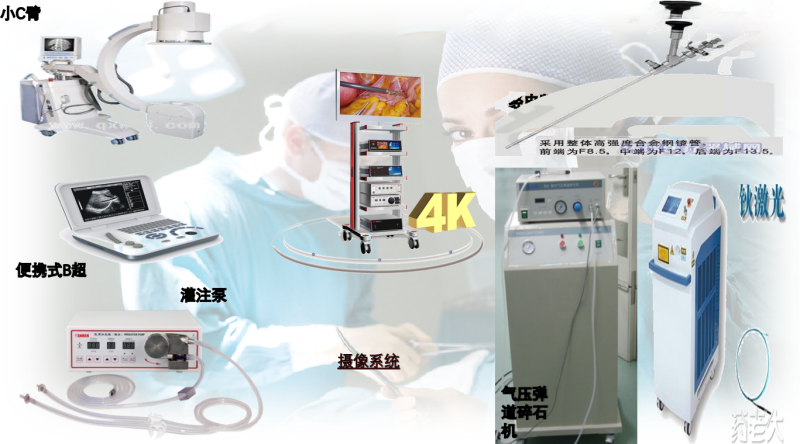- Shanghai, China
- [email protected]
- +86-21-58189111
Indications
1. Hematuria is one of the main clinical manifestations of many urogenital diseases. A large part of hematuria is curable malignant tumor, the key lies in early detection, early diagnosis and timely treatment. Cystoscopy is of great significance in the diagnosis of hematuria.
1.) The source of hematuria can be identified. Under direct vision, it is possible to observe whether the bleeding is from the lesions in the bladder or from the upper urinary tract, the latter can be determined by observing the color change of the urine ejected from the ureteral orifice.
2.) The cause of hematuria can be identified. In the case of intravesical hemorrhage, not only can the location of the hemorrhage be clearly seen, but also the cause of the hemorrhage can often be identified. Even if the hematuria comes from the upper urinary tract, pyeluria and retrograde pyelography can provide objective information for clinical diagnosis.
2. Urinary tract infection All patients with urinary tract infection (including specific and non-specific infections) who are ineffective after anti-infective treatment; or those who still have recurrence despite being cured are all subjects for all cystoscopy examinations.
3. Abnormal urination and urination dysfunction Cystoscopy is particularly important for adult or pediatric patients with urination abnormalities such as persistent urgency, frequent urination, or dysuria, especially when drugs are not effective. From the manifestations of bladder mirror (such as inflammation, ulcers, stones, or foreign bodies, deformities, etc.) combined with the results of retrograde pyelography (morphological changes or the appearance of destructive lesions), it can provide extremely valuable clues for diagnosis
4. For the treatment of bladder system diseases, such as bleeding spots or papilloma in the bladder, it can be treated with an electric cautery through a cystoscope; the stones in the bladder can be crushed by a lithotripter and washed out; small foreign bodies and diseased tissues in the bladder can be used Removal with forceps or biopsy forceps; ureteral orifice stenosis, which can be cut open with a scissor (or dilated with a dilator) through a cystoscope

Contraindications
1.The urethra and bladder should not be examined in the acute inflammation stage, because it can lead to the spread of inflammation, and the acute inflammation of the bladder is congested, which can also make the lesions unclear.
2.The bladder capacity is too small, below 60ml, indicating that the disease is serious, and most patients cannot tolerate this examination, and it is easy to cause bladder rupture.
3.Phimosis, urethral stricture, urethral stone incarceration, etc., cannot insert cystoscope.
4.Bone and joint deformities cannot take the lithotomy position.
5.Women who are menstruating or more than 3 months pregnant.
6.Severely reduced renal function with signs of uremia, high blood pressure and poor cardiac function.
Leave a Comments